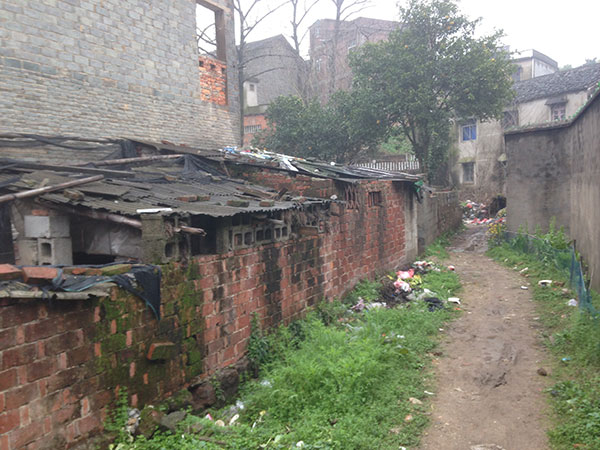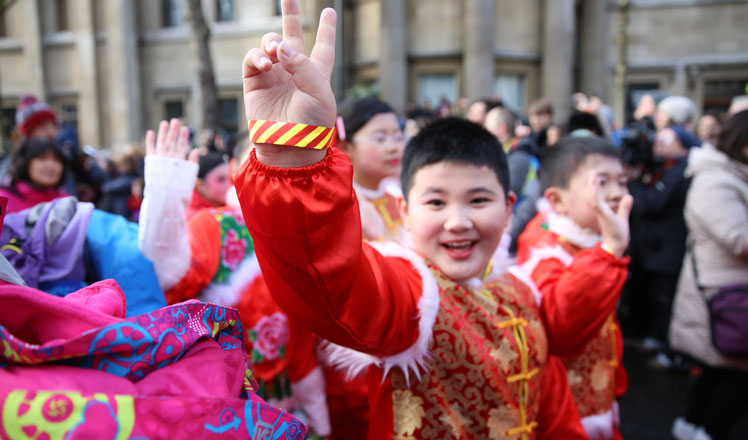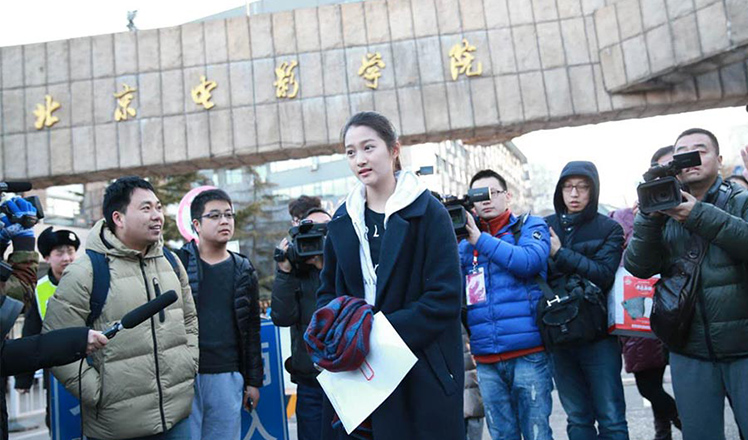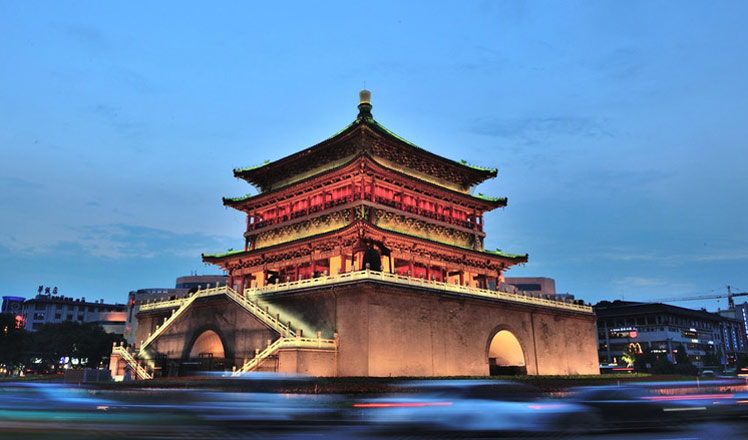Yugan shanty town resettlement sets example for Jiangxi
Updated: 2016-02-17 08:46
By Wu Zheyu(chinadaily.com.cn)
|
|||||||||
 |
|
The shanty areas before refurbishment. [Photo by Wu Zheyu/chinadaily.com.cn] |
"It's the warmest Lunar New Year I have spent in recent years," said a smiling Zhan Aijiao, 65, at her temporary house in Yugan county, East China's Jiangxi province.
Zhan and her husband, 79, have chosen a property under construction through a resettlement program, and during the transition period, the local government has provided a public rental house for the couple, with an area of 37 square meters for 74 yuan per month in rent.
"My entire family of six is dependent on my son's income, which was a heavy burden for him, before we moved into the new house. We receive around 1,000 (yuan) per month during the transition period," she said.
According to local staff, apart from the 800 yuan per month in compensation, citizens older than 75 also receive an additional 200 yuan.
The housing transition in the shanty areas of Yugan county started in January 2015, and were finished in less than a year, involving more than 9,000 residents, 1,920 families, and removing more than 400,000 square meters of dilapidated houses.
Nearly 180,000 residents live in the urban areas of Yugan, 30,000 of them suffer from poor living conditions in the dilapidated houses. When renovation with a total area of 404.24 mu is finished in 2017, commercial streets, high-quality residence communities and two schools will accommodate residents with advanced capacity.
Such projects usually burden the local government with risk, especially complaints and conflicts from residents, but here there was no conflict during the process.
In light of the success, the Ministry of Housing and Urban-Rural Development praises Yugan county's work as a representative case in its official file reported to the State Council.
Yugan also received 100 million yuan in special funds from the China Development Bank, then received another 200 million in loans from banks based on it, which is separate from the non-governmental financing of the first stage, which means more control and freedom for local authority to steer the project.
Residents could choose from property under construction, rehousing in completed property or a monetary settlement according to proposals.
- Chinese military sets up corruption hotline
- Foreigners working in Beijing can now buy apartments immediately
- Thousand-year-old temple seeks new media talents
- First train from China to Iran stimulates Silk Road revival
- Big data for Spring Festival: 8m overseas trips, etc
- Winter swim enthusiasts celebrate the Year of the Monkey
- 2016 Westminster Kennel Club Dog Show held in New York
- Pakistan confirms participation in Saudi-led military drills
- Jeb Bush gets a brotherly hand from George W. in S. Carolina
- Jail term begins for former Israeli PM Olmert
- Record-setting cold chills US Northeast
- Chinese, ROK officials to discuss Korean Peninsula issue

 Excitement, charm and grace: Chinese New Year in UK
Excitement, charm and grace: Chinese New Year in UK
 Taylor Swift wins Album of the Year at Grammys
Taylor Swift wins Album of the Year at Grammys
 Stars spotted at film academy exam in China
Stars spotted at film academy exam in China
 Record number of Chinese travel abroad for Spring Festival
Record number of Chinese travel abroad for Spring Festival
 Future bodyguards undergo brutal training in Beijing
Future bodyguards undergo brutal training in Beijing
 Chinese Lunar New Year marked in central London
Chinese Lunar New Year marked in central London
 Top 10 most difficult cities in China to get a taxi
Top 10 most difficult cities in China to get a taxi
 Sichuan opera charms British children
Sichuan opera charms British children
Most Viewed
Editor's Picks

|

|

|

|

|

|
Today's Top News
Will US-ASEAN meeting be good for region?
Accentuate the positive in Sino-US relations
Dangerous games on peninsula will have no winner
National Art Museum showing 400 puppets in new exhibition
Finest Chinese porcelains expected to fetch over $28 million
Monkey portraits by Chinese ink painting masters
Beijing's movie fans in for new experience
Obama to deliver final State of the Union speech
US Weekly

|

|








